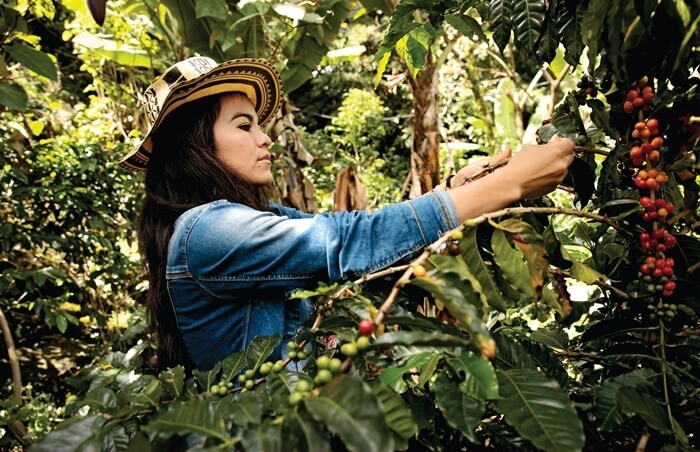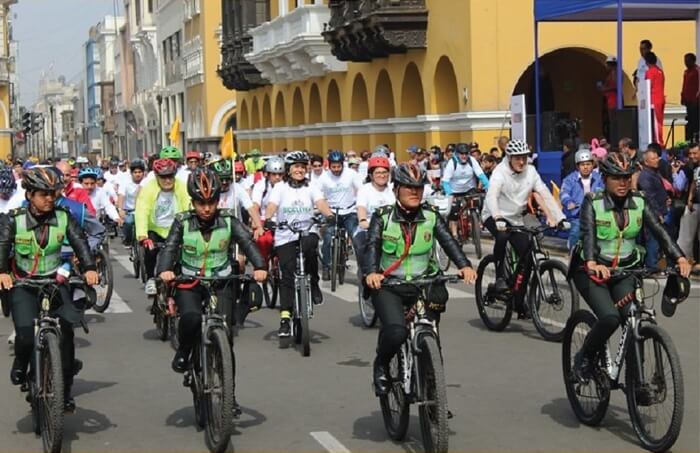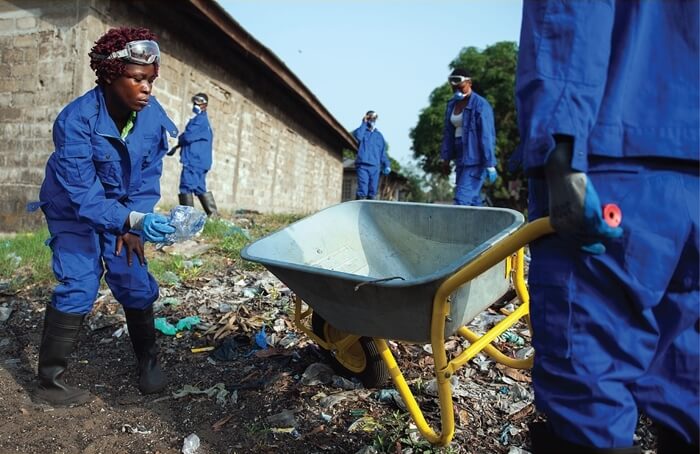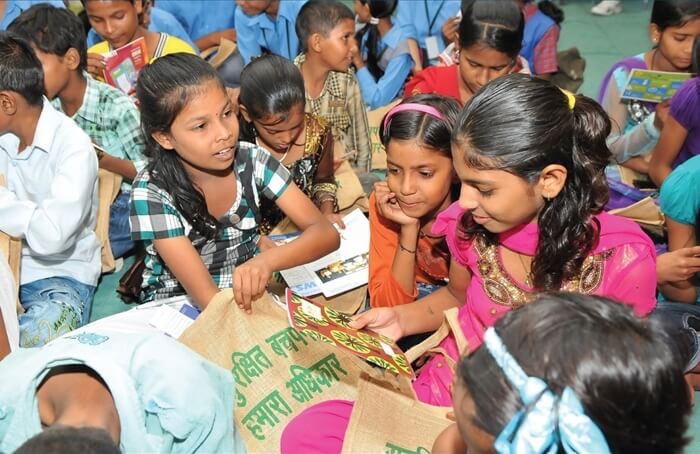Excerpt from nature.com
The COVID-19 pandemic has illustrated the fragility of food security and associated supply chains for remote and Indigenous communities. Here we highlight challenges faced by the Tribal Population of Noepe (Martha’s Vineyard) and argue for the inclusion of Resilience-by-Design and Resilience-by-Intervention in supply chain management.
The coronavirus pandemic has underscored the cascading consequences of unexpected disruptions to food supply chains as well as the complexity of the public and private interactions governing the global food system. The impacts of those disruptions, compounded by systemic threats and vulnerabilities, such as climate change, socioeconomic disparities, and lean supply chain networks, are wreaking havoc on equitable and predictable nutritious food distribution and access1. Marginalized and remote communities with fewer geographic and financial connections and resources are more likely to struggle to overcome effects of fragile systems and maintain food security. Supply chain disruptions, amplified by the coronavirus pandemic, have brought into sharp focus the food insecurity for these communities.
In this comment, we highlight food supply chain issues facing the Tribal community on Martha’s Vineyard (MV). There is an urgent need for a deeper understanding of the repercussions of efficiency-driven supply chain operations for remote Tribal populations in the United States, which examines the importance of approaching food supply chain design and implementation from a resilience-seeking perspective to ensure equitable access to food. We contend that food security can be bolstered with a more nuanced supply chain configuration that targets resilience to cope with disruptions but does not compromise efficient movement of goods under normal operations2,3. Specifically, we suggest that Resilience-by-Design (RbD) and Resilience-by-Intervention (RbI) can be pursued as concurrent strategies to enhance the resilience of communities and their supply chains—to absorb stress and shocks to minimize disruptions, recover functionality if it is lost, and enhance adaptation for the future4.

Island Innovation is a social enterprise and digital media company at the intersection of sustainable development and communications, offering specialised services across various sectors. We bring together the private sector, government, utilities, NGOs and universities to advance innovation for sustainability and prosperity in islands worldwide.















